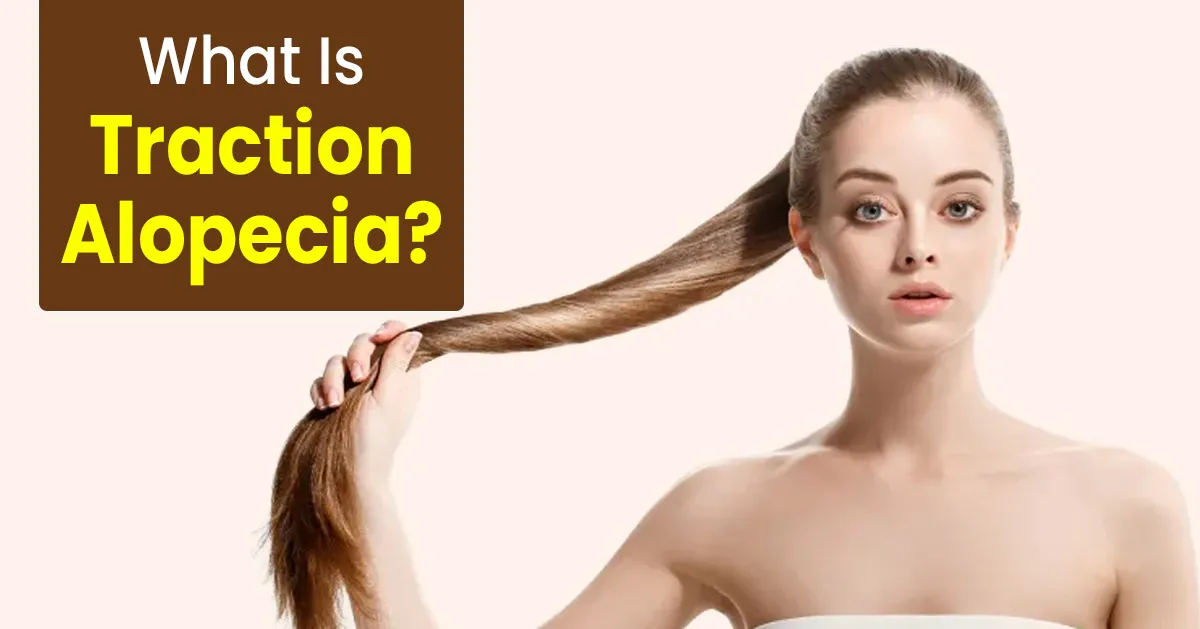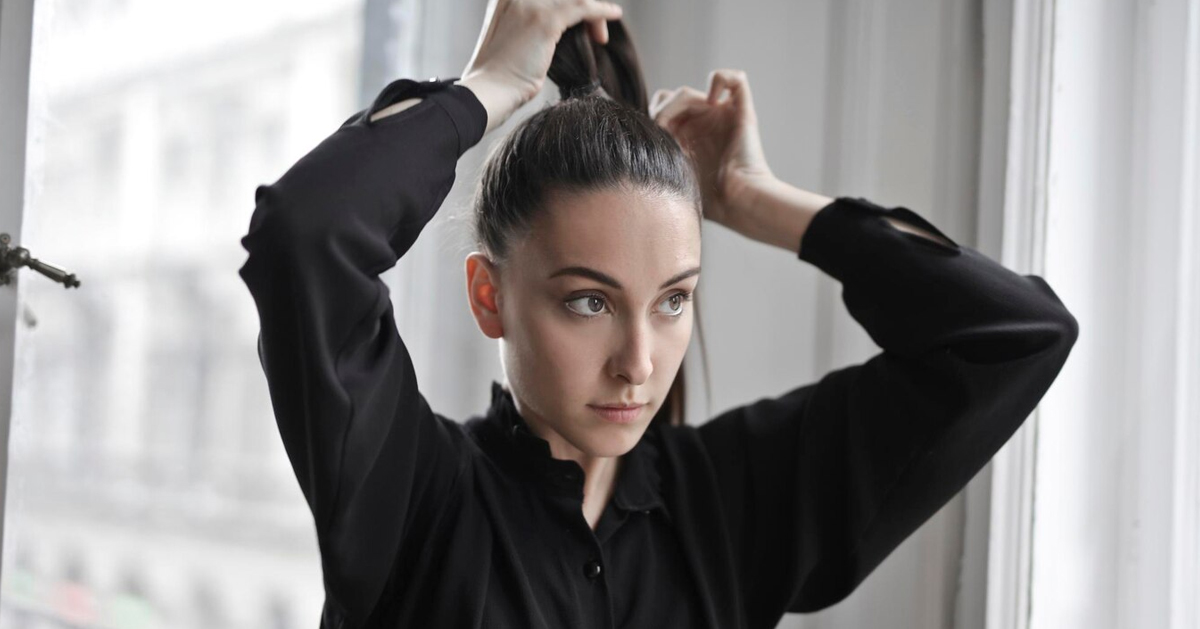
You’ve styled your hair in sleek ponytails for years, loved those trendy braids, or kept your beard neatly tied. But now, your hairline is thinning, or patches in your beard feel bare. Could your favourite hairstyle be causing permanent hair loss? Meet traction alopecia. It is a sneaky type of hair damage triggered by tight hairstyles, extensions, or even tightly tied beards. To your relief, experts say early action can reverse it. But wait too long, and the damage might be irreversible. So, is there hope for regrowth? Read ahead to dive into what causes this condition, how to spot it, and most importantly what you can do to save your hair.
Table of Content:-
What Is Traction Alopecia?![traction alopecia 4 (11)]()
Traction alopecia is hair loss caused by repeated pulling or tension on hair roots. It’s common in people who:
- Wear tight ponytails, braids, or buns daily.
- Use hair extensions or weaves.
- Style their beards tightly (common among Sikh men or others with long facial hair).
Dr Rohit Batra, Vice-Chairperson, Dermatology, Sir Ganga Ram Hospital, Delhi, explains: “The constant tugging weakens hair follicles over time. If ignored, the follicles get damaged permanently.”
ALSO READ: Is Atopy And Eczema The Same? Expert Shares The Difference Between The Skin Issues
Early Signs You Shouldn’t Ignore
Catch it early, and regrowth is possible. Watch for:
- Thinning along the hairline (especially near temples or forehead).
- Small bald patches where hair is pulled tightly (common with braids or ponytails).
- Redness, itching, or soreness on the scalp or beard area.
- Hair breakage near the roots.
“If you feel pain while styling your hair, that’s your first warning sign,” says Dr Batra.
Can Hair Regrow? Here’s the Expert Answer![regrow hair after traction alopecia 2 - 2025-04-14T131528.692]()
Yes, but only if you act fast.
Dr Batra breaks it down:
- Early-stage traction alopecia (1-1.5 years): Hair can regrow completely if you stop tight styling and follow treatment.
- Late-stage (years of damage): Only recent hair loss (last 1-1.5 years) can be reversed. “Once follicles die, they won’t grow back,” he warns.
ALSO READ: Kareena Kapoor Khan Rejects Botox, Shares Her Natural Anti-Aging Routine
Traction Alopecia Treatment Steps
Stop Tight Hairstyles Immediately: Switch to loose braids, low ponytails, or natural styles.
Topical Treatments:
- Mild steroid creams to reduce inflammation.
- Peptide serums or minoxidil to stimulate growth.
- Oral Supplements: Biotin, zinc, and multivitamins to strengthen hair.
- Scalp Care: Cleanse regularly and avoid harsh chemicals.
“Oiling is a big no – it clogs follicles,” says Dr Batra.
Advanced Options (For Severe Cases):
- PRP (Platelet-Rich Plasma) therapy.
- Hair transplants for permanent bald patches.
What Science Says: A Key Study
A 2021 study in the Journal of Dermatology found that 68% of people with early traction alopecia saw regrowth within 6 months of stopping tight hairstyles. However, those who delayed treatment for 2+ years had no regrowth in damaged areas.
Prevention Tips![traction alopecia 3 (58)]()
- Avoid daily tight hairstyles – give your hair 'breaks.'
- Use soft hair ties (no rubber bands!).
- Trim beard hair instead of tying it tightly.
- Skip heavy extensions or weaves.
When to See a Doctor?
- If hair loss lasts over 3 months.
- If you notice redness, sores, or pus on the scalp.
- If home care isn’t helping.
“Don’t wait until it’s too late. Early treatment saves hair,” urges Dr Batra.
ALSO READ: Atopic Dermatitis Vs Contact Dermatitis: Expert Explains How To Differentiate Between The Two
Conclusion
Traction alopecia isn’t a life sentence but timing is everything. Ditch the tight styles, follow your dermatologist’s advice, and protect those follicles. It doesn’t have to be permanent if you take action now. The key is to stop tight hairstyles before the damage becomes irreversible. Switch to looser styles, follow a gentle hair care routine, and give your scalp time to heal. If you notice thinning or bald patches, consult a dermatologist early for the best chance of regrowth.
Also watch this video
How we keep this article up to date:
We work with experts and keep a close eye on the latest in health and wellness. Whenever there is a new research or helpful information, we update our articles with accurate and useful advice.
Current Version
-1744616747377.jpg)

-1744616794568.jpg)